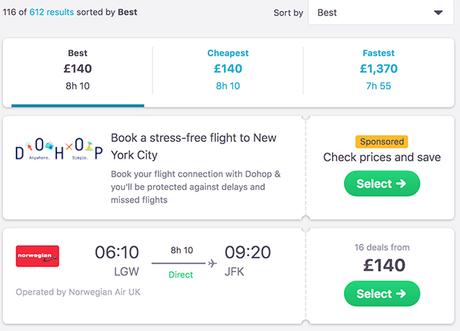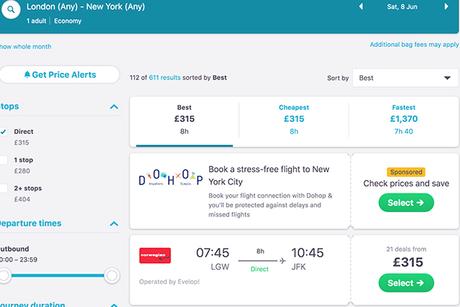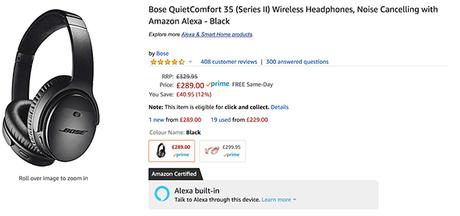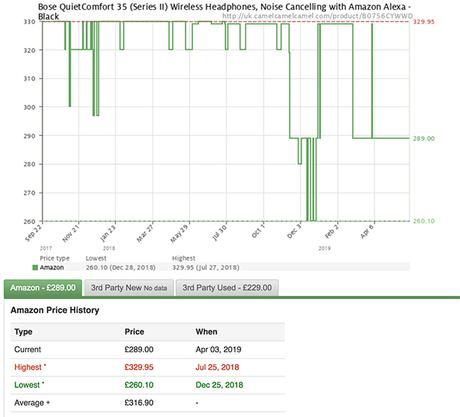Well done! You've launched your e-commerce store and have started to see some sales. You've perhaps experimented with some pricing strategies to see what your customers resonate with best and you've studied your competition.
But after time, you notice that you're unable to keep up with your customers at the same speed as you were able to before.
With more support requests and product updates, keeping an eye on what your competitors are doing is a task that falls to the bottom of the list.
The result of this?
Your customers end up spending their money with your competitors instead of you. But why?
Because while your competitors are changing their prices based on location, time, demand, you're too busy to notice.
You're leaving real money on the table and it's time it stopped.
If you want a data-backed way of altering your prices based on predefined conditions, dynamic pricing is for you.
But understanding is can be confusing at best. So we've put together this definitive guide to help you understand what dynamic pricing is, who should use it and how it affects your bottom line.
Let's go.
What is dynamic pricing and how does it work?
Put simply, dynamic pricing is a process where you change the prices of your products in accordance with market trends and conditions. For instance, you might decide to charge a higher price during a time of increasing demand. Conversely, you might choose to lower your prices during low-demand periods.
This allows you to create a flexible pricing strategy based on factors you may or may not be able to influence.
In most cases, dynamic price alterations happen automatically using intelligent software that bases pricing decisions on real data and algorithms to put together the perfect price point.
Factors that could influence your dynamic pricing strategy include:
- Location: where your customer is located when they receive the product
- Time: what time of day a customer is looking at your product
- Day of the week: For some businesses, varying prices based on the day is a viable route.
- Demand: When products are in high demand, it makes sense to increase the price to reflect this.
- Your competitors: When your competitors drop their prices, you could consider lowering yours as to not out price yourself from the market.
Examples of dynamic pricing (+industries where it works well)
Dynamic pricing is most commonly seen in industries where people come to expect price discrepancies.
Think about when you buy flights, book hotel rooms or purchase tickets for concerts.
Flights rarely have a fixed price and you know as well as anyone that booking your flight closer to the departure date will result in an increased price compared to if you booked it 6 months in advance.

If we look at the prices of this flight in just a few days compared to a similar flight next year, the price difference is insane!

When booking hotel rooms, hotel's pricing algorithms take into account how many other people will also be looking to book during that same period.
If you're booking a hotel near an event, you might notice the price increases compared to if you booked that same hotel when there was no event on.
This is because the hotel understands that many people will be likely to seek a hotel in the area during the same time period so they're able to raise prices to meet that demand- knowing people will pay.
But what about retail? Can you effectively use a dynamic pricing strategy for your e-commerce store without alienating or annoying your customers and sending them directly to your competitors?
Yes, definitely. You just need the right processes in place.
Dynamic pricing: the Amazon way
When it comes to e-commerce dynamic pricing, Amazon leads by example. When you've purchased from Amazon in the past, you might have noticed that upon second look, the price you paid is slightly different from the current listing price.
This is normal. In fact, it's been known that Amazon changes their prices daily, often hourly for some products.
Unless you're running a huge marketplace, however, we don't recommend altering your prices that often as it'll be difficult to manage and you'll struggle to gather enough data insights to make intelligent decisions that will support your business goals.

If we look at these Bose headphones, they currently cost £289.00 but this hasn't always been the case.

If we look at this chart, we can see that the lowest price it's ever been sold at is £260.01 a the highest it's been £329.95.
So if you were looking to buy at this price you'd know you were getting a good deal.
Benefits of dynamic pricing
When done right, there are many benefits your company can utilize. These include greater control of your pricing, autonomous methods of staying ahead of trends and market changes and more flexibility with your revenue and profits.
Let's look into each one of those in greater detail.
Greater control
Getting your pricing right can be difficult. It's hard to stay afloat with all the trends and market changes and alter your prices accordingly. If you're running a store with less than 10 products, changing your prices manually could be an option.
But once you scale and you have 100's if not 1000's of products, you'll find difficulty in manually changing your prices to respond to market changes.
More flexibility
One of the core reasons many e-commerce owners don't alter their prices regularly is because they fear losing their brand value. It makes sense. If you're trying to sell a premium product and then suddenly your customers view your store and all your prices are slashed, they'll have a new negative perception of your brand.
But because dynamic pricing is a data-driven pricing strategy, you actually don't lose your brand value when you start implementation. You get to set your boundaries when it comes to pricing. So although repricing is an automatic action that happens without your intervention, you set parameters for how much you should increase or decrease your pricing based on any given situation.
Autonomous
One of the greatest benefits of dynamic pricing is how manageable is it. When you implement the right kind of repricing software, backed by data, you'll have a tool within your arsenal that allows you to manage hundreds of thousands of products at any one time without too much input from you.
This will not only save you time but save you money as well. The ultimate aim of dynamic pricing is to set your prices in such a way that they reflect current market trends and customer behaviour actions to yield the highest revenues possible.
Final thoughts
In this post, we've covered everything you need to know about dynamic pricing to understand if it's for you and get started right away.
You have an idea about what dynamic pricing is and how it works. You know what industries it works best as well as an idea of real-life examples of companies who get the dynamic pricing strategy right.
So whether you're just interested in the benefits of dynamic pricing or want to know why it's important, bookmark this post so you can refer back to it time and time again.

